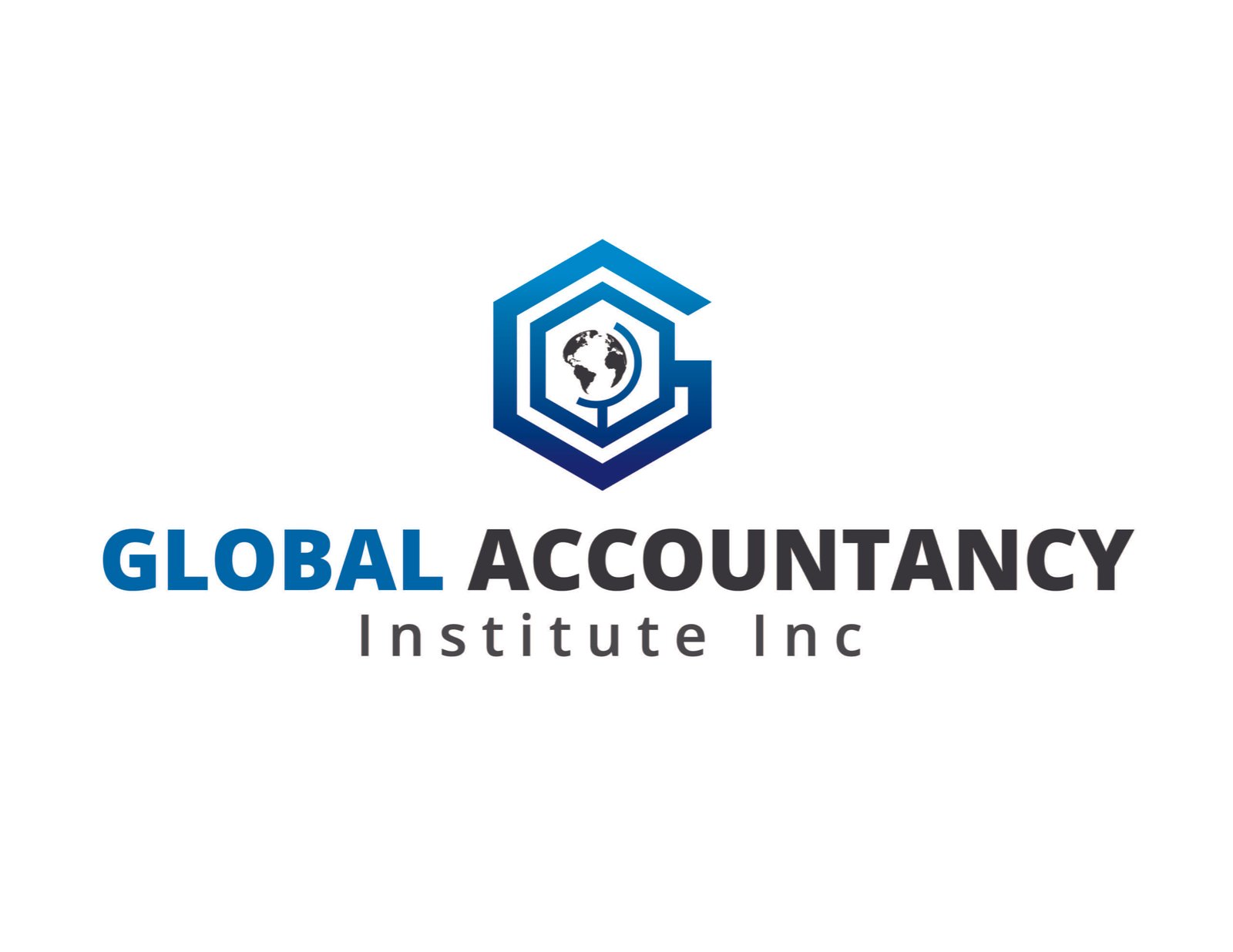Navigating Impact: The Art and Science of Measuring Investment Outcomes
- February 9, 2024
- Posted by: DrGlenBrown2
- Category: Sustainable Investing, Ethical Finance

Introduction
In the rapidly evolving landscape of sustainable investing, the ability to measure the impact of investments on society and the environment has become indispensable. Beyond the traditional metrics of financial performance, impact measurement offers a window into the broader consequences of investment decisions. This approach not only reflects a commitment to ethical finance but also provides critical insights for investors aiming to contribute positively to the world. This article delves into the purpose, methodologies, and standards of impact measurement, illuminated by case studies that showcase its significance in guiding investment decisions.
Purpose and Methods
Purpose of Impact Measurement
The primary purpose of impact measurement is to evaluate the tangible outcomes of investments on environmental and social parameters. It enables investors to understand the extent to which their capital is contributing to desirable societal changes and to make informed decisions aligned with their values and objectives. Impact measurement addresses the growing demand for transparency and accountability in investments, offering a holistic view of their effectiveness.
Methods of Impact Measurement
Impact measurement methodologies vary widely, ranging from qualitative narratives to quantitative metrics. Common approaches include:
- Theory of Change (ToC): This method involves mapping out the anticipated pathway from investment to impact, identifying the necessary steps to achieve desired social or environmental outcomes.
- Social Return on Investment (SROI): SROI quantifies social and environmental value in monetary terms, comparing the investment’s impact to its cost.
- Outcome Harvesting: This approach collects evidence of what has changed and, then, works backward to determine whether and how the investment contributed to these changes.
Standards and Frameworks
To standardize impact measurement and make it comparable across investments, several frameworks and standards have been developed:
- Sustainable Development Goals (SDGs): The SDGs provide a global blueprint for dignity, peace, and prosperity for people and the planet. Investments can be aligned with specific SDGs to contribute to their achievement.
- Global Reporting Initiative (GRI): GRI standards offer a comprehensive framework for reporting environmental, social, and governance (ESG) impacts.
- Impact Reporting and Investment Standards (IRIS): Managed by the Global Impact Investing Network (GIIN), IRIS+ provides a system for measuring, managing, and optimizing impact.
Case Studies
Renewable Energy Project in Sub-Saharan Africa
A renewable energy project aimed to provide clean electricity to remote areas in Sub-Saharan Africa. Using the SDGs as a framework, the project aligned its objectives with SDG 7 (Affordable and Clean Energy). Impact measurement demonstrated not only a significant reduction in carbon emissions but also improvements in local employment and health outcomes due to reduced air pollution.
Microfinance Initiative in South Asia
A microfinance initiative provided small loans to women entrepreneurs in South Asia, targeting SDG 5 (Gender Equality) and SDG 8 (Decent Work and Economic Growth). Impact measurement utilized SROI to calculate the social return, revealing that every dollar invested generated approximately six dollars in social and economic value for the community.
Conclusion
Impact measurement is not just a tool for assessing the consequences of investments; it is a compass guiding the sustainable investing movement towards more ethical, transparent, and effective practices. By embracing established standards and frameworks, and learning from successful case studies, investors can navigate the complexities of impact measurement to make decisions that not only yield financial returns but also contribute to a better world. The art and science of measuring investment outcomes are fundamental to the evolution of investing, heralding a future where finance serves the greater good of society and the planet.
About the Author
Dr. Glen Brown is an esteemed figure in the realm of finance, known for his profound insights into sustainable and ethical investment practices. With a Ph.D. in Finance, his academic and professional journey spans over two decades, focusing on how investments can be leveraged for social and environmental benefits without compromising financial returns. Dr. Brown has contributed significantly to the field through research, publications, and speaking engagements, advocating for a balanced approach to finance that prioritizes ethical considerations alongside economic gain. His work encourages investors and companies alike to adopt practices that foster long-term sustainability and ethical integrity.
Call to Action (CTA)
Are you looking to stay ahead in the dynamic world of finance? Register now for the Global Market Insights Daily (GMID) – Your Daily Dose of Financial Expertise. Dive deep into the latest market trends, sustainable investment strategies, and financial insights that matter. Join Dr. Glen Brown and a community of forward-thinking professionals by signing up today at https://globalaccountancycollege.school-network.net/Courses/Register/29074. Don’t miss out on your chance to elevate your financial knowledge and make informed investment decisions.
General Disclaimer
This article is intended for informational and educational purposes only and does not constitute financial advice, investment advice, or any other type of professional advice. While efforts have been made to ensure the accuracy of the information presented, the author and publisher make no representations or warranties about the completeness, accuracy, or reliability of this article’s content. Readers are advised to conduct their own research or consult a professional advisor before making any investment decisions. Neither the author nor the publisher will be liable for any losses, damages, or other consequences arising from the use of the information contained in this article.
